Dan Robinson has been growing pine bonsai for a long time. Some of trees on display at Elandan Gardens started from seeds Dan collected in Korea when he was in the service. Most, however, were collected from the mountains, including the awesome specimens below. All text accompanying the images comes from signs displayed with the trees. I’ve identified trees without signs simply as “pine” – feel free to let me know the details if you’re familiar with these trees and I’ll update the post accordingly.
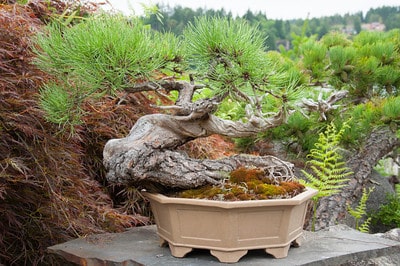
Ponderosa Pine – Pinus ponderosa
Year of origin: 1700
When I spotted this tree struggling for life in the crack of a granite boulder in Wyoming, I instantly had a plan to create a cascade style bonsai with its swollen base and short compact branches. To complete the design, heavy wiring would be needed to manipulate the branches. Heavy wire holds the branch in the position you determine for the tree’s artistic creation.
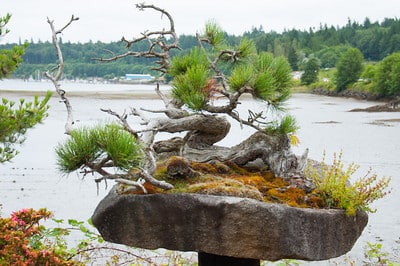
Ponderosa Pine – Pinus ponderosa
Year of origin: 1500
This untrained tree has an eminence about it that only a powerful stone pot could possible frame. The balance here looks a bit precarious; perhaps a larger post will be necessary.
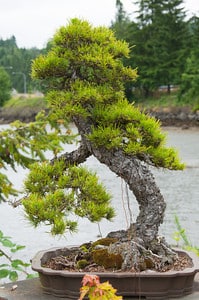
Ponderosa Pine – Pinus ponderosa
Year of origin: 1750
I replaced the original Ponderosa Pine foliage by grafting Japanese Black Pine foliage onto it in 1970. The Black Pine foliage has a density, color and length that is very desirable.
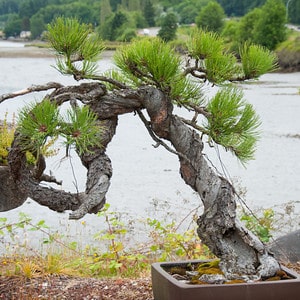
Ponderosa pine
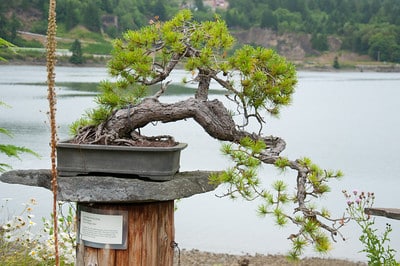
Eastern Pitch Pine – Pinus rigida
Year of origin: 1820
Collected in the Adirondak Mountains of New York with a young and enthusiastic Frank Heidt. Pitch pine is a favorite of East Coast collectors and it is easy to understand why. It’s amazing that within an hour of New York City gnarly stunted trees can be found.
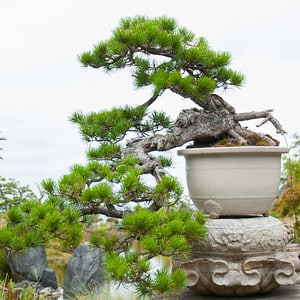
Lodge Pole Pine – Pinus contorta
Year of origin: 1850
Collected on a collecting trip near Gold River, BC in 2003. Potted in September, 2004. The upper trunk was split and torn down in April 2005. Training has just begun.
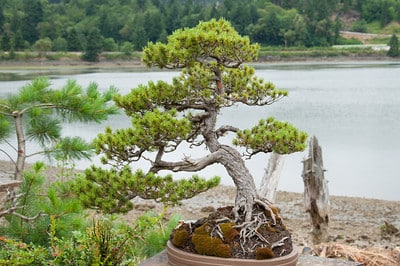
Pine
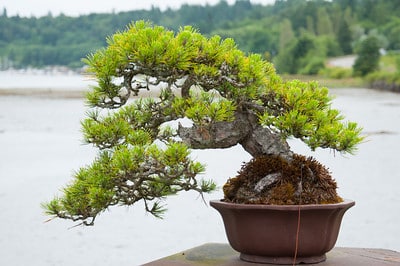
Pine
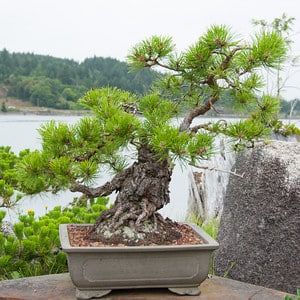
Pine
Subscribe to Bonsai Tonight
New Posts Delivered Every Tuesday and Friday
jeremiah lee says
Some very amazing pines!
marcuswatts100 says
a lovely collection of unique trees – my only dislike is feeling the need to put a completely made up guess at the year the seed germinated, this pointless information has nothing to do with the bonsai as the bonsai clock begins the day a man gets involved in digging, prunning or training. Nothing wrong with saying “approx 200 years old”, but saying “yr of origin 1820”!!
Jonas Dupuich says
Thanks Marcus – I share your sentiments. I was told that Elandan makes an effort to take core samples and or count rings before making these assertions, but the prevalence of even numbers seems to belie any absolute reckoning.
Steve Moore says
Great pictures of great trees! Thanks for posting these, Jonas.
I’m partial to pines, tho I still have a lot to learn about them. Both those facts are partly explained by the fact that they are somewhat exotic to me: I grew up in Ecuador, where they are rare (and none are native.)